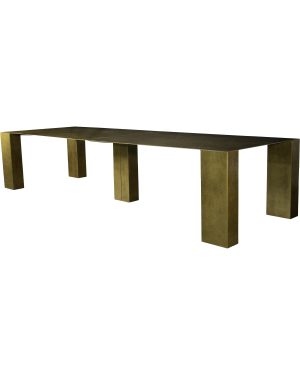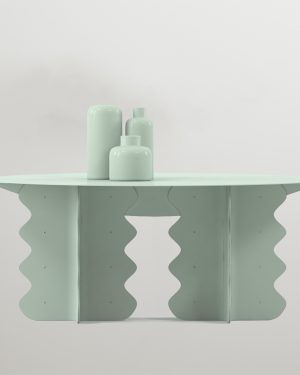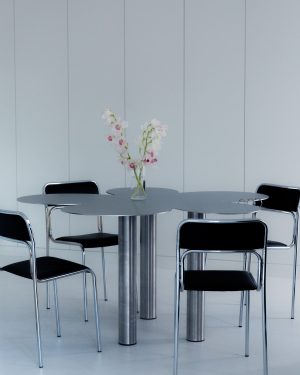Contemporary Dining Tables for Stylish Living Spaces
A dining table is more than just a place to eat—it’s the centerpiece of your dining room, where friends and family gather to share meals and create memories. Contemporary dining tables come in a variety of designs, materials, and styles to suit modern homes, offering a perfect balance of functionality and aesthetic appeal. Whether you're looking for sleek modern dining tables, unique dining room tables, or a standout contemporary round dining table, there's a design that fits every need. Let’s explore the materials and styles that define today’s most popular dining tables.
What Defines Contemporary Dining Tables?
Contemporary dining tables are characterized by clean lines, modern materials, and versatile designs. These tables often feature minimalist aesthetics, though they can range from sleek and simple to bold and maximalist. The term "contemporary" implies that these tables follow current trends while maintaining timeless appeal.
How Do Modern Dining Tables Blend Functionality and Design?
Modern dining tables combine both functionality and contemporary style. Designed to fit easily into modern homes, they offer practical surfaces while enhancing the decor of dining rooms. Whether you need a compact table for a smaller dining room or a large table for entertaining guests, modern designs prioritize both form and function.
Unique Dining Room Tables: A Statement of Style
Unique dining tables may very well transform your average dining room into a gallery. Bold shapes, unexpected materials, and bespoke craftsmanship elevate meals to experiences. A sculpted base or live-edge top becomes a conversation starter, while mixed media designs blur furniture and art. These showstoppers redefine dining spaces, turning everyday meals into curated events.
Materials for Contemporary Dining Tables
Table materials dictate dining ambiance. Rich mahogany exudes opulence, while raw oak embraces rustic charm. Brushed steel brings industrial edge, and poured concrete nods to urban lofts. Smoked glass adds mystery, marble brings a luxurious energy, and reclaimed wood tells stories. Exotic woods like zebrawood create intrigue, while matte black surfaces absorb light dramatically. Each material choice transforms meals into multi-sensory experiences.
Wooden Dining Tables: Classic and Versatile
Wooden dining tables ground spaces with natural ease. Walnut's deep grain adds sophistication, while oak's sturdiness exudes reliability. Teak wood infuses warmth, and maple's lightness brightens gatherings. These organic canvases evolve with use, each mark and patina telling tales of shared meals and lively conversations.
- Contemporary wooden dining tables often feature clean, simple lines and lighter finishes, making them a great fit for modern homes.
- For a more rustic aesthetic, opt for reclaimed wood dining tables that highlight the natural imperfections and textures of the material.
Why Choose Metal Dining Tables for a Sleek, Modern Look?
Metal dining tables offer a sleek, industrial aesthetic that works perfectly in contemporary and urban interiors. Metal provides a sturdy base and a minimalist feel, ideal for those who prefer a streamlined, modern dining room.
- Metal dining tables are perfect for loft-style or minimalist interiors, where clean lines and functionality are key.
- Pair metal with glass or wood for a striking contrast that combines warmth and coolness in the dining room.
Marble Dining Tables: Luxury and Elegance
Marble dining tables command attention. Veined Carrara embodies Italian elegance, while travertine offers earthy sophistication. Emerald green marble evokes tropical luxury, and rose quartz adds soft warmth. Honed finishes deliver understated refinement, while high-gloss surfaces amplify candlelight. These stone pieces elevate dining, turning meals into sensory experiences atop nature's canvas.
- Modern marble dining tables often feature minimalist designs, with the natural patterns of the stone serving as the main decorative element.
- Marble tables are also ideal for creating unique centerpieces for dining tables, thanks to their stunning veining and luxurious finish.
Design Styles for Contemporary Dining Tables
The design style of your dining table plays a crucial role in shaping the overall aesthetic of your dining room. Whether you prefer minimalist simplicity or bold maximalism, there’s a style of modern dining room table to match your taste.
Mid-Century Modern Dining Tables: A Timeless Choice
Mid-century modern dining tables blend nostalgia with timeless design. Tapered legs create visual lightness, while organic shapes soften geometric lines. Teak and walnut dominate, their rich tones complementing minimalist forms. Pedestal bases maximize legroom, and rounded edges promote flow. These tables create cohesive retro-chic dining spaces that feel both familiar and fresh.
- Contemporary dining tables in the mid-century modern style are often made of wood and feature natural finishes that highlight the beauty of the material.
- Pair these tables with matching mid-century modern chairs to create a cohesive dining room setup.
Minimalist Dining Tables: Less is More
For those who prefer simplicity, minimalist dining tables focus on clean lines and a pared-back aesthetic. These tables often feature neutral colors and uncluttered surfaces, perfect for creating a serene, modern dining room.
- A modern minimalist dining table might feature a slim metal base with a wooden or glass top, creating a sleek and functional piece.
- Minimalist designs emphasize function over ornamentation, making them perfect for smaller spaces or open-concept homes.
Maximalist Dining Tables: Bold and Beautiful
For a more daring aesthetic, maximalist dining tables embrace bold designs, vibrant colors, and eclectic materials. These tables are designed to make a statement, often becoming the focal point of the dining room.
- Unique dining tables in the maximalist style might feature intricate detailing, mixed materials like marble and metal, or bold colors that draw attention.
- These tables are perfect for those who love to entertain and want their dining room to reflect their vibrant personality.
Rustic Dining Tables: Warm and Inviting
Rustic dining tables offer a warm, inviting look that’s perfect for cozy dining spaces. These tables are often made from upcycled or distressed wood, with a focus on natural textures and organic forms.
- A rustic modern dining table pairs well with industrial lighting and vintage-inspired chairs for a contemporary yet welcoming dining room.
- The natural imperfections of rustic tables make them ideal for creating a relaxed, lived-in feel.
Scandinavian Dining Tables: Functional Beauty
Scandinavian design is known for its simplicity, functionality, and use of natural materials. Scandinavian dining tables typically feature light woods, clean lines, and a minimalist aesthetic, making them perfect for modern homes.
- A Scandinavian modern dining table often incorporates natural wood tones, providing warmth without overwhelming the space.
- These tables are perfect for creating a calm, inviting dining area with a focus on simplicity and comfort.
What Makes Contemporary Round Dining Tables a Great Choice?
Contemporary round dining tables are an excellent option for both small and large dining spaces. Their circular shape fosters intimacy and conversation, making them ideal for gatherings with family and friends.
- Modern round dining tables often feature minimalist designs, with materials like glass, wood, or marble.
- A round table can soften the look of a room filled with angular furniture, creating a balanced and harmonious dining space.
How Do Unique Dining Tables Enhance the Dining Room?
Choosing unique dining room tables allows you to express your personal style. Whether it’s through the use of unexpected materials, bold designs, or custom-made features, unique tables can transform a dining room from ordinary to extraordinary.
- Unique abstract dining tables feature sculptural elements and innovative designs, turning your dining area into a conversation starter.
- Opt for a unique custom dining table if you want a one-of-a-kind piece tailored to your specific design preferences.
Creating Unique Centerpieces for Dining Tables
A dining table isn't complete without a beautiful centerpiece. Creating unique centerpieces for dining tables can enhance the overall look and feel of your dining room, adding a personal touch that ties the space together.
How to Create a Unique Dining Table Centerpiece?
Centerpieces can be as simple or elaborate as you want. Whether you choose a modern vase, a cluster of candles, or a bowl of fresh fruit, your centerpiece should reflect the style of your dining table and the overall aesthetic of the room.
- For a contemporary dining table, opt for sleek, minimalist centerpieces like geometric vases or a simple glass sculpture.
- A rustic dining table pairs well with natural elements, such as wooden trays, greenery, or vintage candle holders.
Dining Tables for Different Rooms and Purposes
While dining tables are traditionally placed in the dining room, modern living spaces often call for versatility. Contemporary dining tables can be adapted for various rooms and purposes throughout the home.
Can Dining Tables Be Used in Open-Concept Living Spaces?
In open-concept homes, contemporary dining tables can help define different areas, such as the transition between the kitchen and living room. Choosing a modern dining room table that complements both spaces will create a cohesive flow throughout the home.
- Opt for a modern dining table with minimalist lines and a simple design that won’t overpower the other elements of your living space.
- Consider a contemporary round dining table to create a more intimate feel in a larger, open area.
How to Choose a Dining Table for Small Spaces?
For smaller homes or apartments, space-saving solutions are key. Contemporary round dining tables or tables with extendable leaves are perfect for compact spaces, offering versatility without compromising on style.
- A modern dining table with a glass top can help create the illusion of more space, as it allows light to pass through.
- Look for unique contemporary dining tables with storage features, such as built-in shelves or drawers, to maximize functionality in a smaller room.
Why Choose ADORNO for Contemporary Dining Tables?
ADORNO offers a curated selection of contemporary dining tables from renowned designers across the world. Whether you’re looking for a sleek modern dining room table or a unique dining table that serves as a work of art, ADORNO has the perfect piece to elevate your home.
How Does ADORNO Select Unique Dining Room Tables?
Each dining table at ADORNO is handpicked for its craftsmanship, design innovation, and aesthetic appeal. With a focus on curating pieces that seamlessly blend quality and artistry, ADORNO selects tables that transform dining spaces, offering distinctive materials and styles that suit both traditional and contemporary interiors.

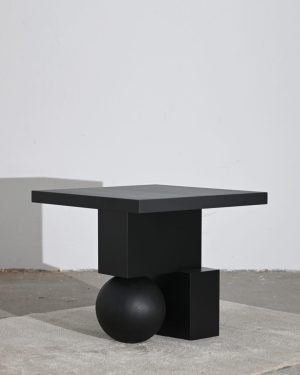







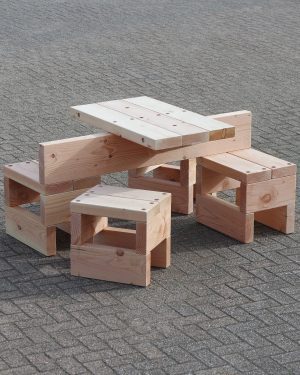

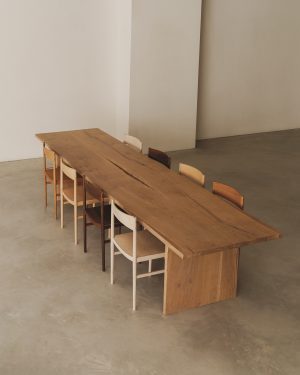 In stock
In stock
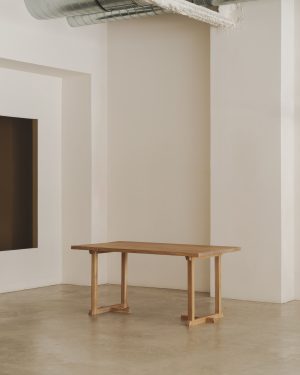



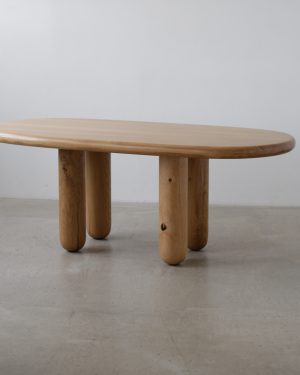 In stock
In stock
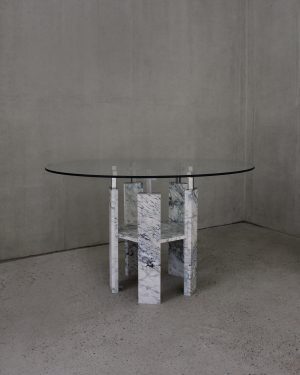 In stock
In stock
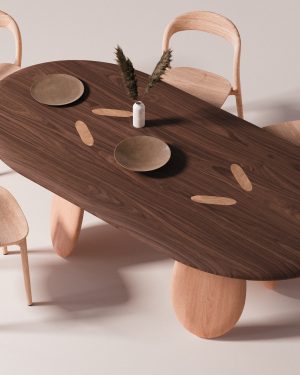

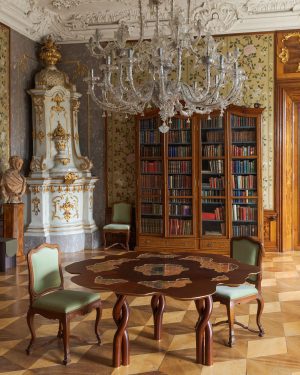 In stock
In stock
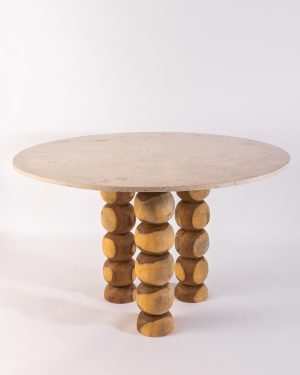

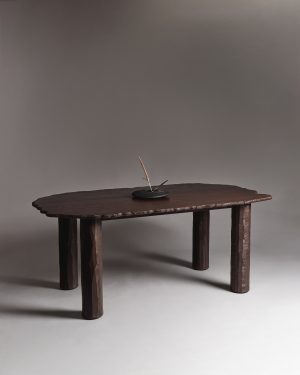



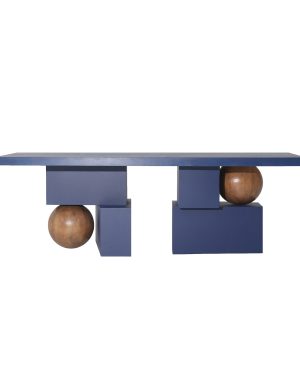

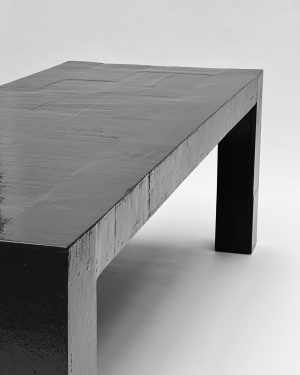

 In stock
In stock


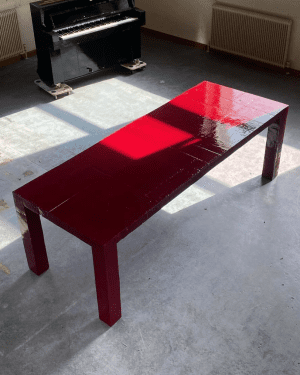

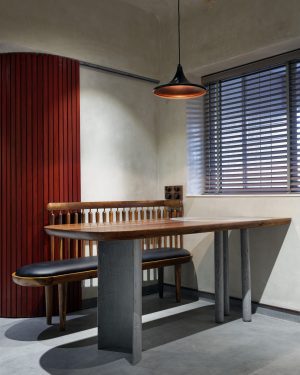

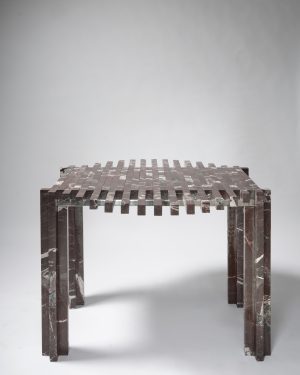 In stock
In stock


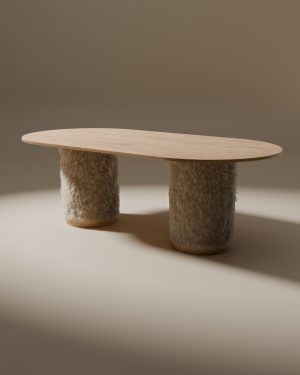





 In stock
In stock
 In stock
In stock
 In stock
In stock






 In stock
In stock
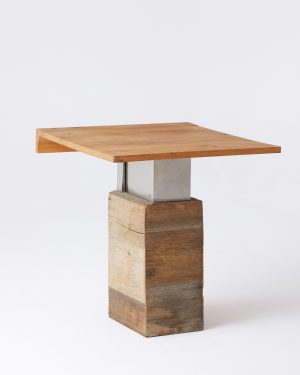





 In stock
In stock


 In stock
In stock




 In stock
In stock
